

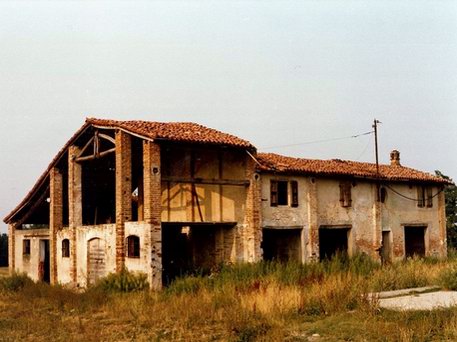
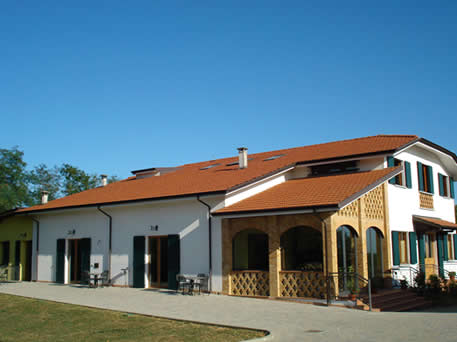
History
Two brothers born in Milan to a mother from Piacenza, hailing from the village of Vigolzone, and a father from Milan. Destined by their own will to follow father's footsteps, i.e. to pursue the medical profession. No trace of passion for it, only the hope, having started studying medicine, that this passion would arise sooner or later. Instead, Stefano begins to develop a passion for wine from the age of seventeen, and his participation in the first tasting courses, with the Italian Sommelier Association, just turned eighteen in 1978, in a still infantile era for wine culture in Italy.
Subsequently, years during which attending all levels of courses, purchasing and tasting wines, visiting companies, studying aromas were his daily bread. In the meantime, in the mid-seventies, the purchase of a house to spend holidays in the hills, in the municipality of origin of the maternal family strain. Ferruccio’s passion for country life lived there during the weekends and the lack of familiarity with the town. The purchase, in 1980, of two plots of land bordering the house, one of which contained an old farmhouse called La Tosa, which were for sale at that time, with the desire, cherished by the whole family, to have a farm to follow as a hobby.
The planting of the vineyards, which had been present in those lands until the sixties, and the care of them during the weekends, with the help of a neighboring farmer. Finally, in 1984, almost overnight, the decision by Stefano and Ferruccio to turn the hobby into a profession, and therefore to devote themselves full time to the work of winemakers. The definitive transfer to La Tosa, Stefano’s immediate enrollment at the Agricultural University of Piacenza, the start of the renovation of the old farmhouse and the subsequent construction of the cellar.
In 1985, the production of the first wine: a thousand bottles of Gutturnio, so few also because of a heavy hailstorm that year had mowed down the vast majority of the grapes.
After the death of Stefano and Ferruccio’s father, at the beginning of 1987, with building works not yet completed, their commitment intensifies, in a land then almost exclusively devoted to the production of light and sparkling wines, to explore what they believed to be the true vocation of their micro-territory, to give deeper and more concentrated wines, almost exclusively still wines, and their process of learning about the territory itself and the wine world in general accelerates. In 1988, therefore, Stefano spends a year in Franciacorta, at the Cà del Bosco of the Zanella family, to work and learn: thanks also to this, for the first time in the province of Piacenza, La Tosa from that year uses techniques such as thinning of the bunches and other forms of green treatments.
Subsequently, for several years, Stefano gained extensive experience in France (Bordeaux, Alsace, Loire, Burgundy, Languedoc, Provence), visiting wineries and attending advanced courses at the University of Bordeaux and INRA Montpellier. Above all, he accumulated significant experience in vineyards and the cellar of La Tosa, conducting numerous trials and research. Amidst errors, course corrections, and a focus on defining the identity of the region, its objectives, and a unifying style. He spent nearly three decades working to promote the wines and the territory. Many individuals, including journalists, restaurateurs, wine merchants, and enthusiasts, contributed to spreading the name of La Tosa.
The summary of our story is this: a pure passion turned into a profession, nurtured and fueled by that very passion. A story that continues with the same spirit as the first harvest.
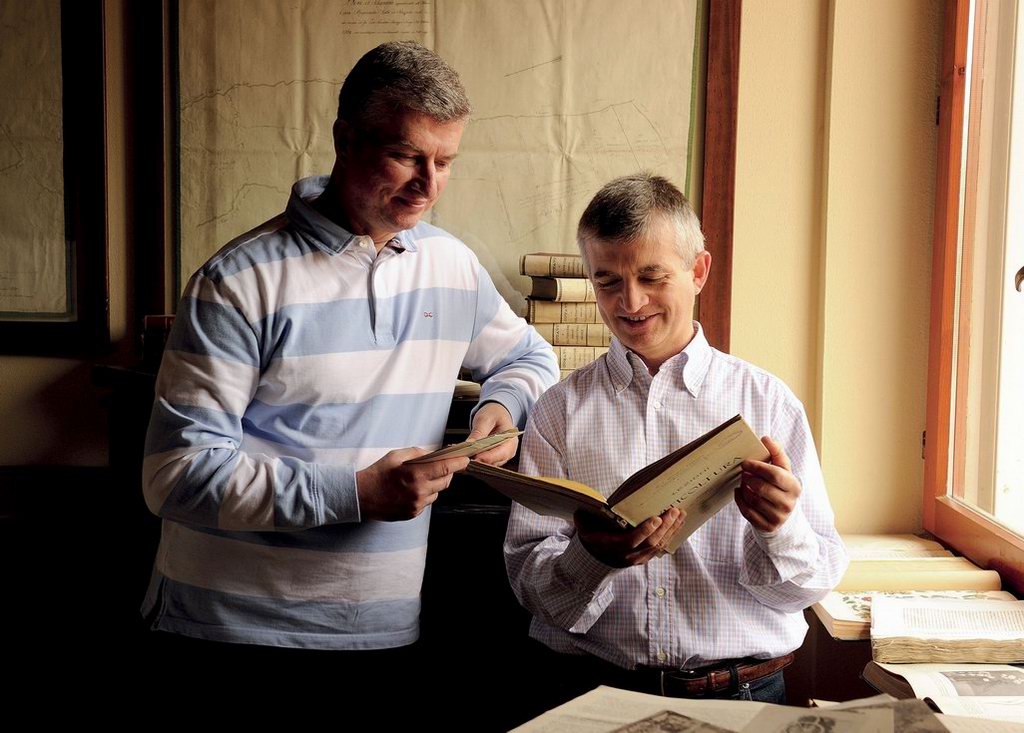




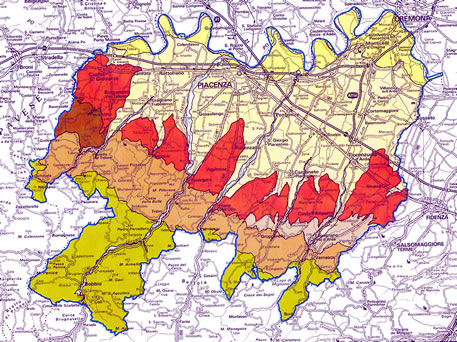
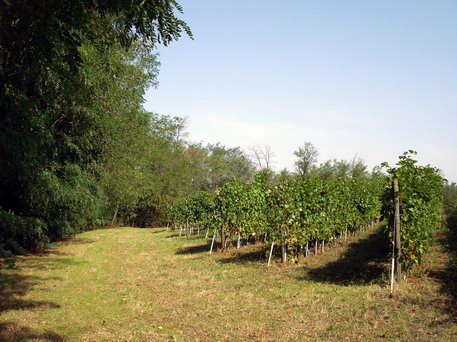
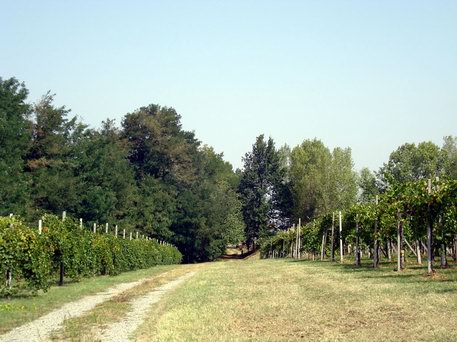
 Campaign financed according to EC REG. N. 1234/07
Campaign financed according to EC REG. N. 1234/07